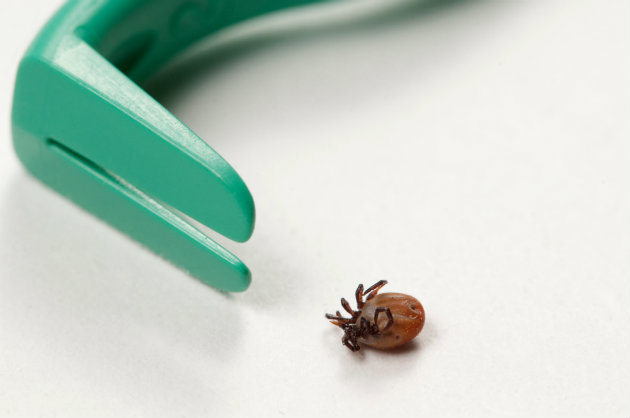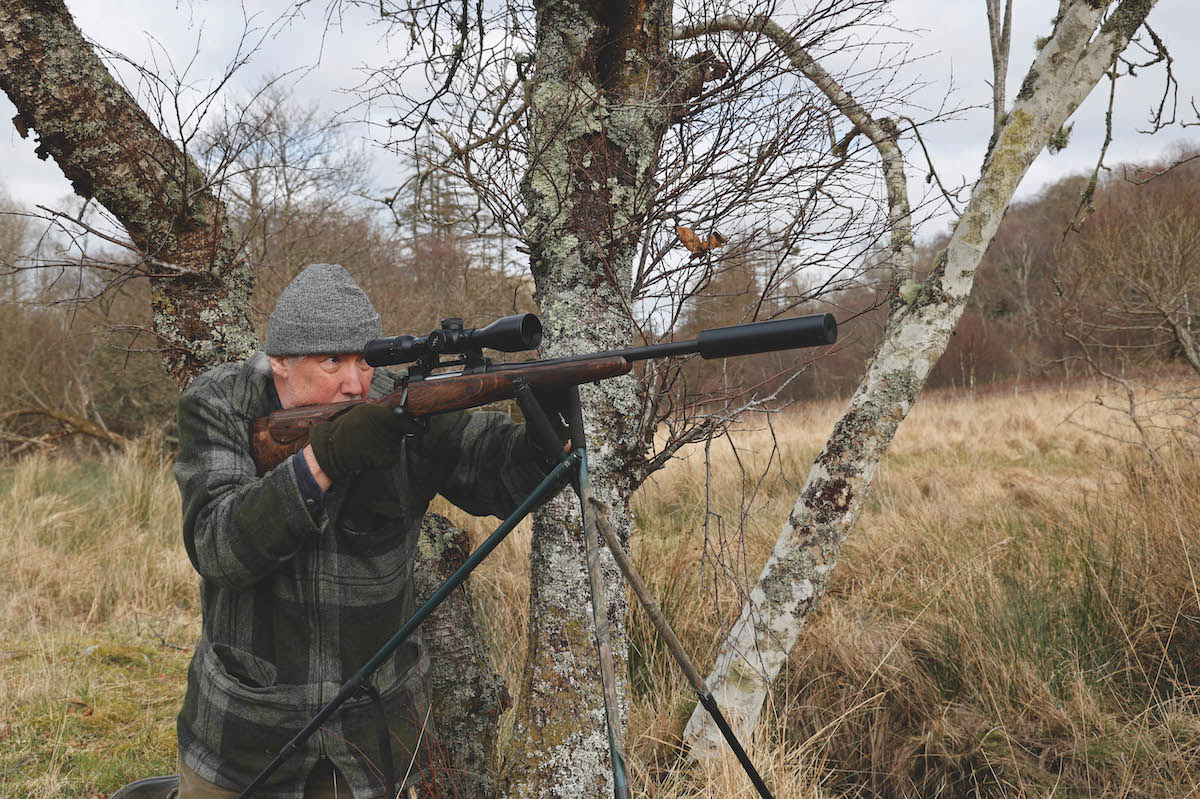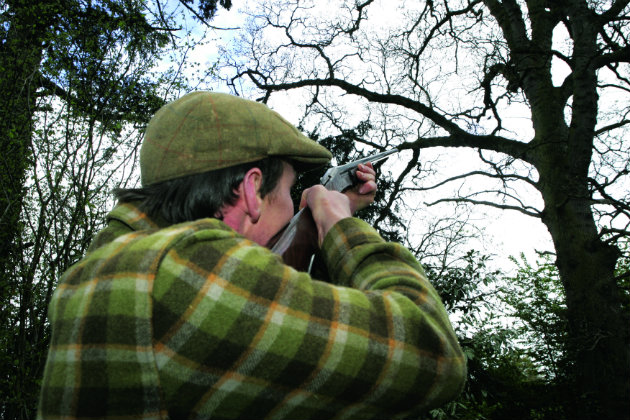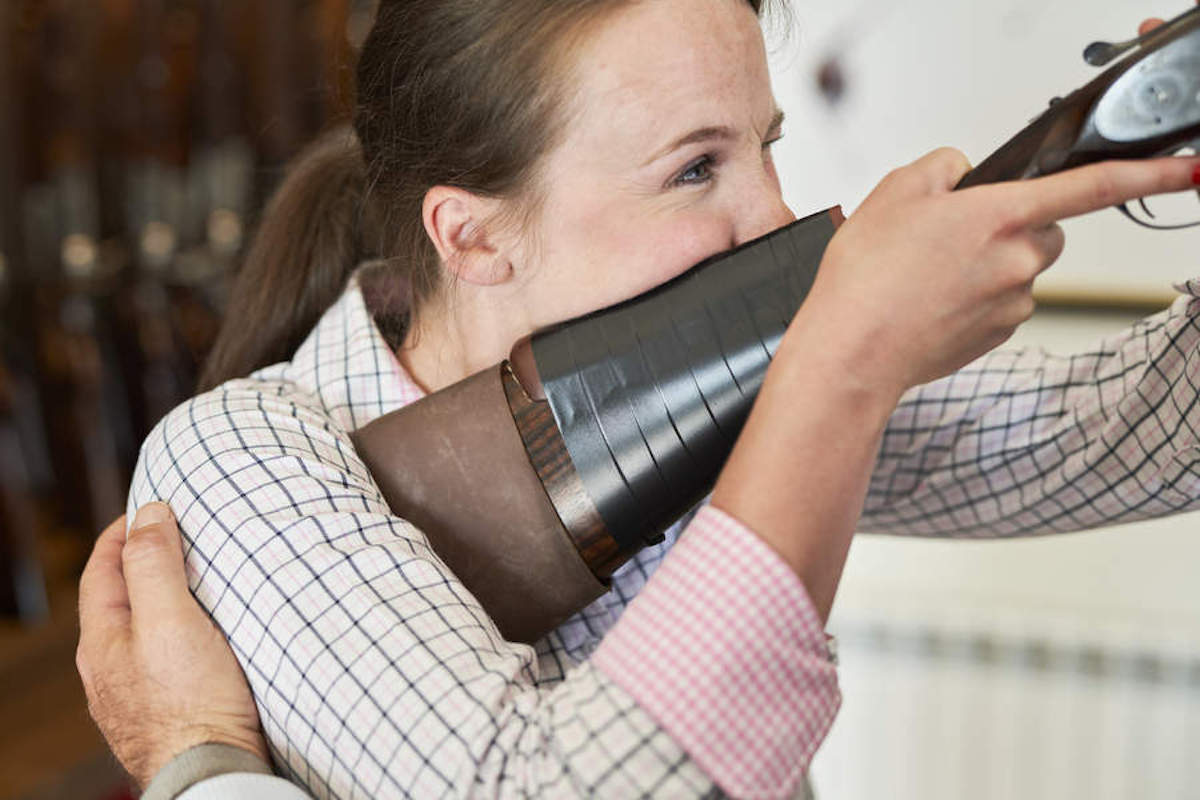15 vital things you need to know about Lyme Disease
Acute cases of Lyme disease are on the increase and shooters are particularly at risk of contracting this tick-borne illness

Removing a tick within 24 hours of attachment reduces the risk of contracting Lyme disease
New advice has been given by the National Institute for Health and Care Excellent (NICE) to help doctors quickly spot Lyme disease, so they can offer people NHS treatment as soon as possible.
Saul Faust, Professor of paediatric immunology and infectious diseases at the University of Southampton and chair of the NICE guideline committee, said: “We want people to be diagnosed early so they get the right treatment as soon as possible.”

Tell tale symptom: the first sign of infection with Lyme disease is a red “bulls-eye” rash at the site of the bite. However not every sufferer has a rash.
However, as always, prevention is better than cure. As a shooter, enjoying the great outdoors, you are more likely to be bitten by infected ticks, so what do you need to be aware of?
Lyme disease symptoms – what you need to know
A growing prevalence of tick-borne diseases – including Lyme disease – has put them high on the list of public…
Doing this will reduce the risk of Lyme disease
Q: I stalk frequently in a wood and heathland area where there is a lot of bracken and when I…
- Lyme disease is a tick-borne illness that can result in chronic fatigue, pain, confusion, depression-like symptoms and loss of memory
- The disease is through to affect up to 3,000 people in the UK every year
- Famous individuals who have reportedly contracted Lyme disease include actor Richard Gere and former US President George W Bush.
- Undiagnosed Lyme disease can cause more severe symptoms, moving into the heart, brain and nervous system
- Lyme disease can be treated effectively if it’s detected early. However if the patient does not receive treatment or it is delayed, the result can be long-lasting symptoms.
- It is important to check yourself for ticks after walking in areas ticks are likely to be, such as woodland and long grass.
- You are more likely to contract Lyme disease if the infected tick remains on your skin for more than 24 hours
- You may not notice that you have been bitten, as the ticks are small and the bites are not painful. So always check.
- Remove ticks with a tick removal tool or tweezers and wash the area afterwards with soap and water or an antiseptic wipe.
- Most sufferers of early-stage Lyme disease develop a distinctive circular rash where they were bitten. It usually appears 3-30 days after the tick bite. However, a third of sufferers never get a rash.
- Lyme disease may cause the following symptoms, similar to flu: tiredness, muscle pain, joint pain, fever, chills, neck stiffness, nerve pains, facial paralysis.
- See your GP as soon as possible if you suffer from any of the above symptoms after being bitten by a tick or if you think you have been bitten.
- Tell your GP if you have been in areas where ticks cluster, for example parkland populated by deer, heaths, woodland and grassland.
- There is a useful Government leaflet on Lyme disease to read here.
- Lyme Disease Action also has a useful and informative website.









